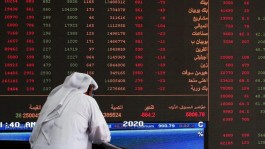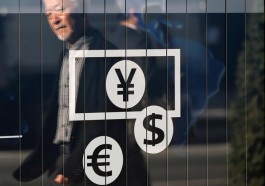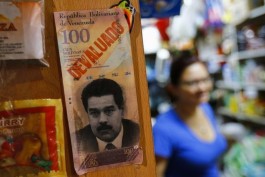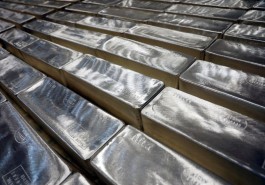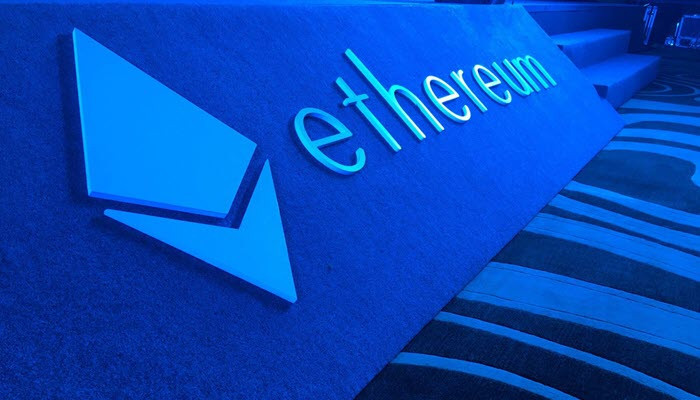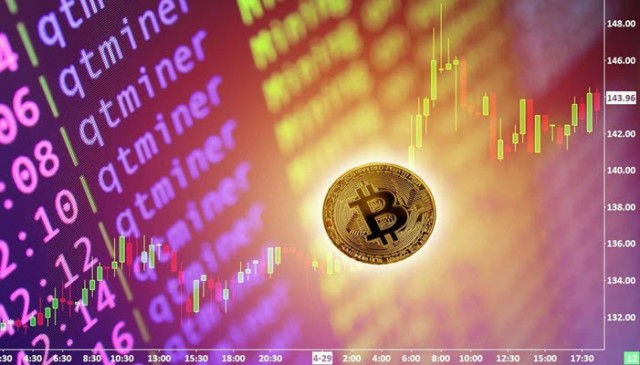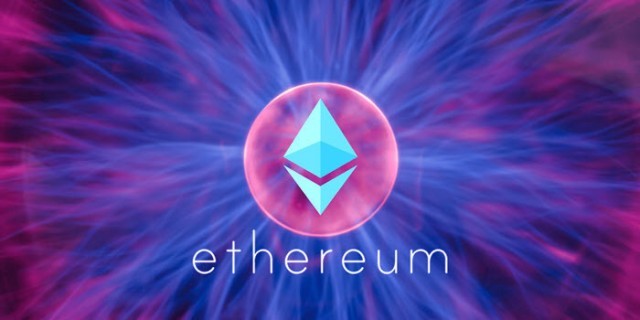Ethereum fees (ETH) are programmed so that they can only be paid in Ethereum, but a smart trick with smart contracts allows users to effectively pay for gas using a private token, which Reduces the total fees they incur.
According to Queen Telegraph, this principle has been used by the team behind One Inch Exchange, the decentralized exchange complex, to introduce Token-chi. The technology was officially announced on June 5, and it is based on a previous iteration of the concept, called a gas token (GST).
How does the command work?
<
To save the fees, the token needs to be burned alongside the basic process, which reduces the total amount of gas consumed in that transaction. This is because the recovery process cannot lead to zero or negative total gas use - which means it must be paired with another procedure to be effective.
However, Chi developers say that token can reduce the transaction price by up to 50%.
Impact the Ethereum Fee Market
The ability to lock lower gas prices during periods of inactivity can have important repercussions for the Ethereum fee market.
As Vitalik Potrain and other developers note in their discussions about the first gas token, the mechanism can reduce the price of gas between periods of high and low activity. Users will store gas tokens when they are cheap to do so, and offload them when gas fees rise - thus balancing demand ...









